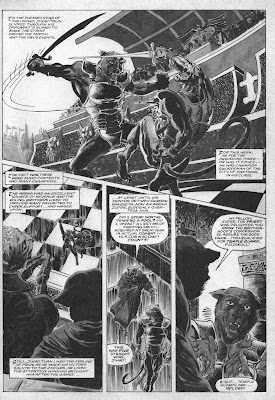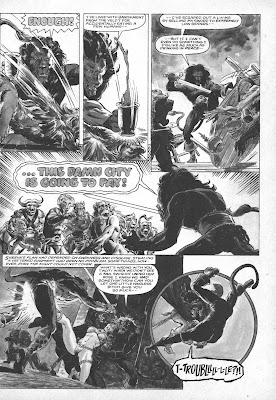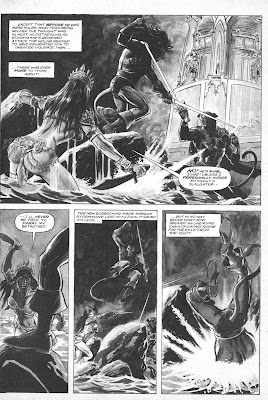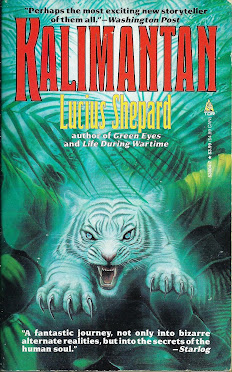Book Review: 'A Century of Progress' by Fred Saberhagen
2 / 5 Stars
This Tor Books edition of ‘A Century of Progress’ (315 pp) was published in September 1983; the cover artwork is by Bob Eggleton.
The novel opens in Chicago, 1984. Middle-aged, World War Two veteran Alan Norlund is sitting on a park bench, depressed and distraught by the imminent death of his granddaughter Sandy from cancer.
Norlund is approached by a young woman named Ginny Butler, who makes Norlund a startling offer: if he will agree at some time in the coming weeks to drive an older-model truck for Butler, then his granddaughter will be cured.
Norlund, disbelieving, shrugs off Ginny Butler, only to be astonished when, several days later, Sandy makes a complete recovery.
Norlund agrees to help Ginny Butler, and quickly discovers that she and her comrades have at their disposal technologies unlike any in existence….technologies that include time travel.
Alan Norlund’s assignment: travel to Chicago in the Summer of 1933, and place small ‘radio transceivers’ at various locations throughout the city. The implications of this assignment are not disclosed to Norlund, but he gradually learns he has been recruited to fight a most unusual war. This war is being fought by rival factions from their operations centers residing centuries into the future, and it is a very bloody and lethal war despite its covert nature.
Norlund soon becomes the central figure in the battle to determine the course of history…..and the pivotal actor in a campaign that either will see the world set free from tyranny, or condemned to it…..
The opening chapters of ‘A Century of Progress’ promise an entertaining and novel treatment of the time travel theme, with author Saberhagen doling out small revelations about the nature of the conflict in order to entice the reader to keep turning the pages.
The opening chapters, most of which take place in 1930s Chicago, have a decidedly nostalgic, even elegiac quality in terms of relating that era of US history, and these chapters are novel’s best.
Unfortunately, as the narrative progresses, Saberhagen’s failure to provide much in the way of a plausible backstory rapidly weakens the plot.
The best novels in the time travel sub-genre devote at least a modicum of attention to explaining the mechanics of how such travel is accomplished, and how issues- like paradoxes - are deterred, or accommodated. However, ‘Century’ lacks a plausible reason for the circumstances which have given rise to a conflict in which Alan Norlund, of all people, is a key figure.
As the narrative progresses, these gaping holes in the backstory become ever harder to negotiate, and impart a perfunctory quality to the unfolding plot.
The climax of the novel has an ambiguous, contrived tenor, and left me to conclude that Saberhagen primarily saw ‘Century’ as an opportunity to write a Jack Finney-style, character-driven drama under the rubric of a sf novel, rather than a convincing time travel adventure per se.
Summing up, ‘A Century of Progress’ never fulfills its promise of delivering a good ‘Future Nazis’ or Wolfenstein: The New Order - style novel. It also doesn’t succeed as a time travel novel. Unless you are a die-hard Saberhagen fan, this book can be passed by.









































































